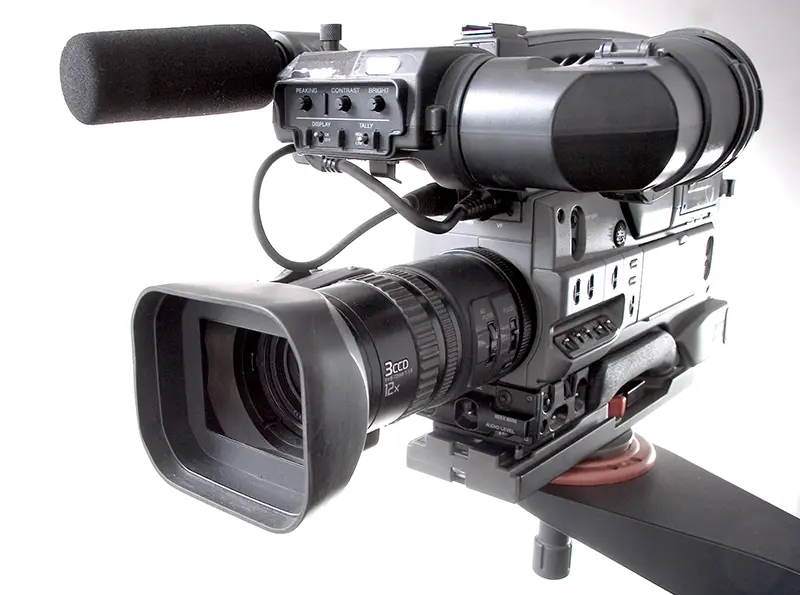There are many principles that guide universal design for environments, products and communications. The goal of universal design is to ensure equitable use for people with diverse abilities. General transcription companies provide basic transcripts, which are an accurate text version of speech and non-speech audio recordings that users need to understand the content. Descriptive transcripts extend the universal design paradigm to video and communicate the content effectively to people who are deaf and blind.
Basic transcripts of audio/video recordings help people who are deaf, are hard of hearing, and have trouble processing auditory information. A descriptive transcript is defined as the full text equivalent of the content in a video or of all the meaningful audio and visual information presented in the video (www.digital.govt.nz). With a descriptive transcript, you do not need a separate basic transcript.
Features of Descriptive Transcripts for Videos
- Have both audio and visual information needed to understand the content
- Convey important information effectively regardless of the user’s sensory abilities
- Provide access to video content for those who:
- Have hearing or visual impairments
- Prefer to read, scan or search the video’s text version
- Lack enough mobile data to stream the video
- Can be read instead of watching and listening to the video, without losing any of the important information
- Useful for people who process text information better than audio and visual/pictorial information
The descriptive transcript is the only way for people who are deafblind to access to the content of the video. This allows the printed text to be translated by braille software.
How to Create Descriptive Transcripts for Videos
The audio content in video files is usually transcribed to create captions. The descriptive transcript can be created from the caption by including the visual information needed to understand the content.
As captions and transcripts use the same text, descriptive transcripts are easy and inexpensive to develop. The description should describe the visual information for people who are blind and others who cannot see the video adequately. With a proper description, users understand the content, including text displayed in the video. The transcript can be created using Microsoft Word, Google Docs, or TextEdit/Notepad. Here are the key steps involved in creating a descriptive transcript for video:
- Open the caption file, copy the text, and paste in your new text file after deleting the timestamps.
- Include descriptions of sounds and visuals in the transcripts, that is, they should have more than just what is spoken, such as audio cues/sound effects that are important, words appearing on the screen, descriptions of actions, and visual features that provide context.
- Include text description of all spoken audio, including sounds (coughs, laughter) that impact the story/lecture.
- Add visual descriptions for users who cannot see the screen but have technology that can read the transcript to them.
- Include images and text appearing on screen and convey all meaningful visual changes that impacts or improves the clarity of story/lecture.
- Include descriptions of the visual after the text of what is spoken.
- Be objective in the description, without interpretation, comment or judgement.
- When writing the description, use the present tense, active voice, and third-person narrative style.
Even with a descriptive transcript, captions are always necessary for video, including silent ones. Descriptive transcripts should include meaningful visual elements such as words that appear on the screen without being spoken (a sign that says ‘no smoking’), the location where the action is taking place (in a shopping mall), the person(s) in the scene and what’s taking place.
Tips to Improve Transcripts
Transcripts can be improved and made more useful by adding headings, links, a summary, and time stamps. Here are some tips to improve the transcription:
- Place information in logical paragraphs, lists, and sections
- Add headings and links to make the transcript navigable
- Include clarifying information but indicate that it is not part of the original audio
- Designate speakers; creating hanging indents can make it easy to find a particular speaker.
- Bold the name of a speaker you want to focus on.
- See if there is text in the video that wasn’t repeated in the captions, and include that in your transcript
Finally, review your descriptive transcript. Make sure that it includes a description of all the relevant spoken words and sounds, and also the visual information communicated in the video. The goal should be to ensure that the user can understand all the information in the video without having to watch it.
Descriptive transcripts meet the needs of a wide range of users. Transcribing an audio file can take a lot of time if you don’t have the software and skill to do it. That’s why many organizations choose to outsource the task to a video transcription service provider. Experts can provide accurate transcripts in quick turnaround time. Include the transcript on the same page as your media file and make it easy for people to find it.




